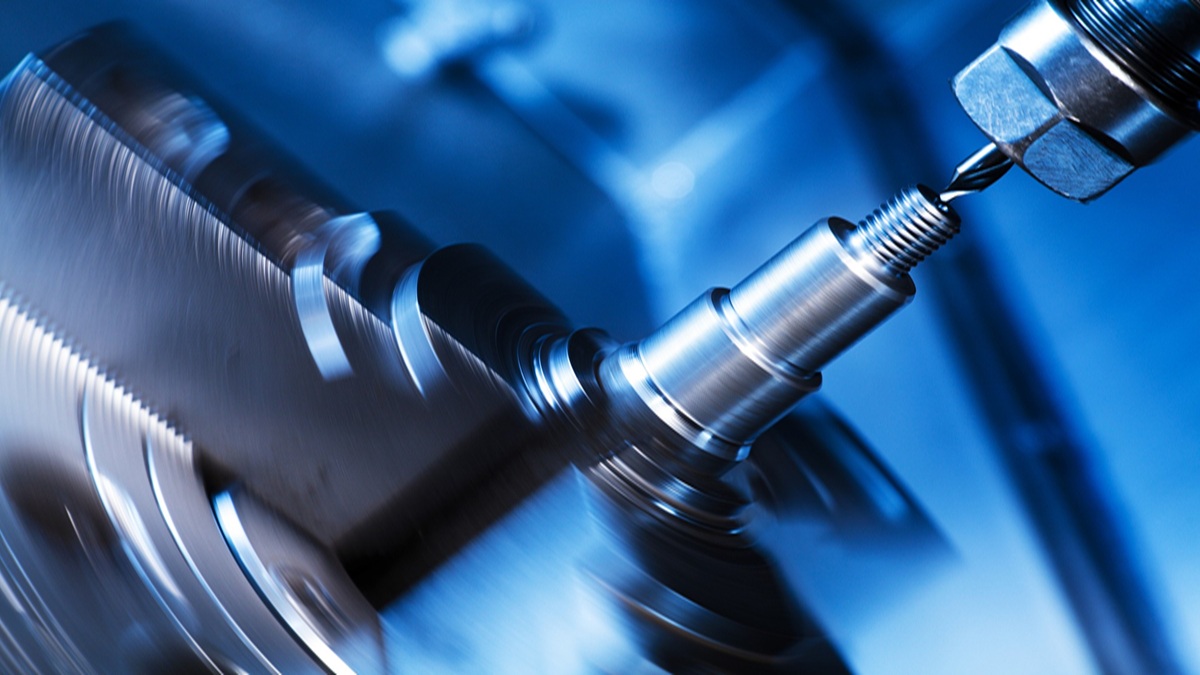In the world of industrial cutting tools, tungsten carbide is like a superhero: extremely hard, wear-resistant, heat-tolerant, and remarkably tough, able to stay sharp without chipping during high-speed cutting and prolonged machining. From rough milling to precision engraving, its variety of tool shapes and coating technologies allow it to tackle diverse challenges. Its applications even extend beyond cutting tools to wear-resistant parts, mining bits, and even fashion accessories. Whether in automotive components, aerospace molds, or everyday aesthetics, tungsten carbide stands as a reliable powerhouse in modern manufacturing. This article will take you deep into the material’s properties, machining principles, and real-world applications.
The Superhero of Steel: Enter Tungsten Carbide
A knife can serve as a kitchen tool, a life-saving surgical instrument, or an industrial cutting tool. Depending on the scenario, the knife’s shape and material vary. For industrial tools, extreme wear resistance and heat resistance are essential, which is why tungsten carbide is widely used in manufacturing. But what exactly is tungsten carbide?
In the world of cutting tools, if ordinary steel knives are like pocket knives and high-speed steel is like scissors, then tungsten carbide is the superhero of the knife world. It is a hard alloy made by combining ultra-hard tungsten carbide particles with a tough cobalt metal binder, resulting in a material that is extremely hard, wear-resistant, and resistant to cracking.
Tungsten carbide was first developed in the early 20th century to meet the industrial demand for highly efficient and durable cutting tools. It can cut through hard steel while withstanding the high temperatures and impacts of high-speed machining, preventing tools from dulling or breaking like ordinary steel knives. Its invention elevated industrial productivity and made precision machining of high-accuracy parts possible.
You can imagine it as a tough hero from a comic book: wielding a sharp blade, standing firm against any challenge. Its secret weapon is the perfect balance between the extreme hardness of tungsten carbide particles and the toughness of cobalt. This combination has made it the reigning material of choice for industrial cutting tools for decades.
A Razor-Sharp Blade: The Perfect Duo of Hardness and Wear Resistance
The most talked-about characteristics of tungsten carbide are its hardness and wear resistance. Its hardness can reach HRA 89–94, far surpassing high-speed steel or ordinary steel. This means that when cutting hard metals, the blade won’t dull quickly; even after hours or days of continuous machining, it remains sharp. In contrast, high-speed steel blades tend to dull under heavy load, requiring frequent sharpening, which increases production costs and downtime.
Wear resistance is another major advantage of tungsten carbide. During cutting, the blade experiences high-speed friction with the workpiece. If the tool lacks wear resistance, the edge wears down rapidly, compromising machining accuracy. Tungsten carbide’s wear resistance allows the tool to maintain stable cutting performance over extended periods. It’s like a superhero’s sword—no matter how many foes it faces, it stays razor-sharp.
Moreover, the combination of hardness and wear resistance makes tungsten carbide especially vital for machining high-hardness materials and precision components. Aerospace parts, automotive engine components, and precision molds all require tools that maintain accuracy under long hours of high-speed cutting. This is why tungsten carbide has become the material of choice for modern industrial cutting tools.
The Hero Under Fire: Combining High-Temperature Resistance with Toughness
During cutting, friction generates high temperatures at the tool’s edge. Ordinary steel tools soften under heat, causing cutting efficiency to drop rapidly. Tungsten carbide, however, can withstand temperatures as high as 600–800°C while retaining its hardness. This high-temperature resistance makes it ideal for high-speed cutting and large-scale production.
But hardness alone isn’t enough for a cutting tool. During machining—especially roughing or when sudden cutting forces occur—a tool also needs toughness. The cobalt binder in tungsten carbide acts like the “cartilage” of the tool, absorbing some of the impact while maintaining the blade’s hardness, preventing it from chipping or cracking. This design makes it more practical than pure ceramic tools and suitable for a wider range of machining conditions.
In essence, tungsten carbide tools are like heroes forged in fire: they withstand extreme heat and resist shocks without breaking, making them a reliable choice in modern high-efficiency manufacturing.
The Versatile Shapes of Cutting Tools: From Roughing to Precision Carving
Tungsten carbide cutting tools aren’t just hard—they’re incredibly versatile. They come in a variety of shapes: straight-edge cutters, angled cutters, ball nose cutters, end mills, and more, each designed to meet specific machining needs. During roughing operations, tools must withstand high cutting forces, requiring blades with high toughness for stable performance. In finishing processes, sharpness and wear resistance become critical to ensure dimensional accuracy and surface quality.
Modern tools are often enhanced with coating technologies, such as titanium nitride (TiN) or titanium aluminum nitride (TiAlN). These coatings reduce friction, increase wear resistance, and even extend tool life under high-temperature conditions. In essence, a cutting tool is like a shape-shifting hero: it can tackle heavy-duty tasks or perform delicate, precise carving depending on the mission.
This multifunctionality makes tungsten carbide tools indispensable in modern manufacturing, from automotive parts machining to mold engraving and precision electronic component cutting.
Tungsten Carbide Beyond Cutting Tools: From Industry to Fashion
Tungsten carbide’s prowess goes far beyond cutting tools—it wears many hats. As a wear-resistant material, it’s used in valve seats, bearings, and molds, excelling in high-friction environments. As an engineering tool, it becomes mining drill bits or tunnel boring cutter heads, performing reliably even under the harshest conditions. Remarkably, it has also entered the world of fashion, crafted into tungsten carbide rings and watch cases that are both stylish and durable.
This cross-industry versatility stems from its core strength—an exceptional combination of hardness and wear resistance. Whether on the industrial battlefield or as a stylish everyday accessory, tungsten carbide delivers. Its story shows that the value of a material lies not just in its function, but also in its adaptability.
Tungsten carbide cutting tools are more than just “hard”—they are the backbone of modern manufacturing. From high-speed cutting and precision machining to wear-resistant parts, they handle it all, earning their reputation as the tough heroes of the tool world.









.png)




